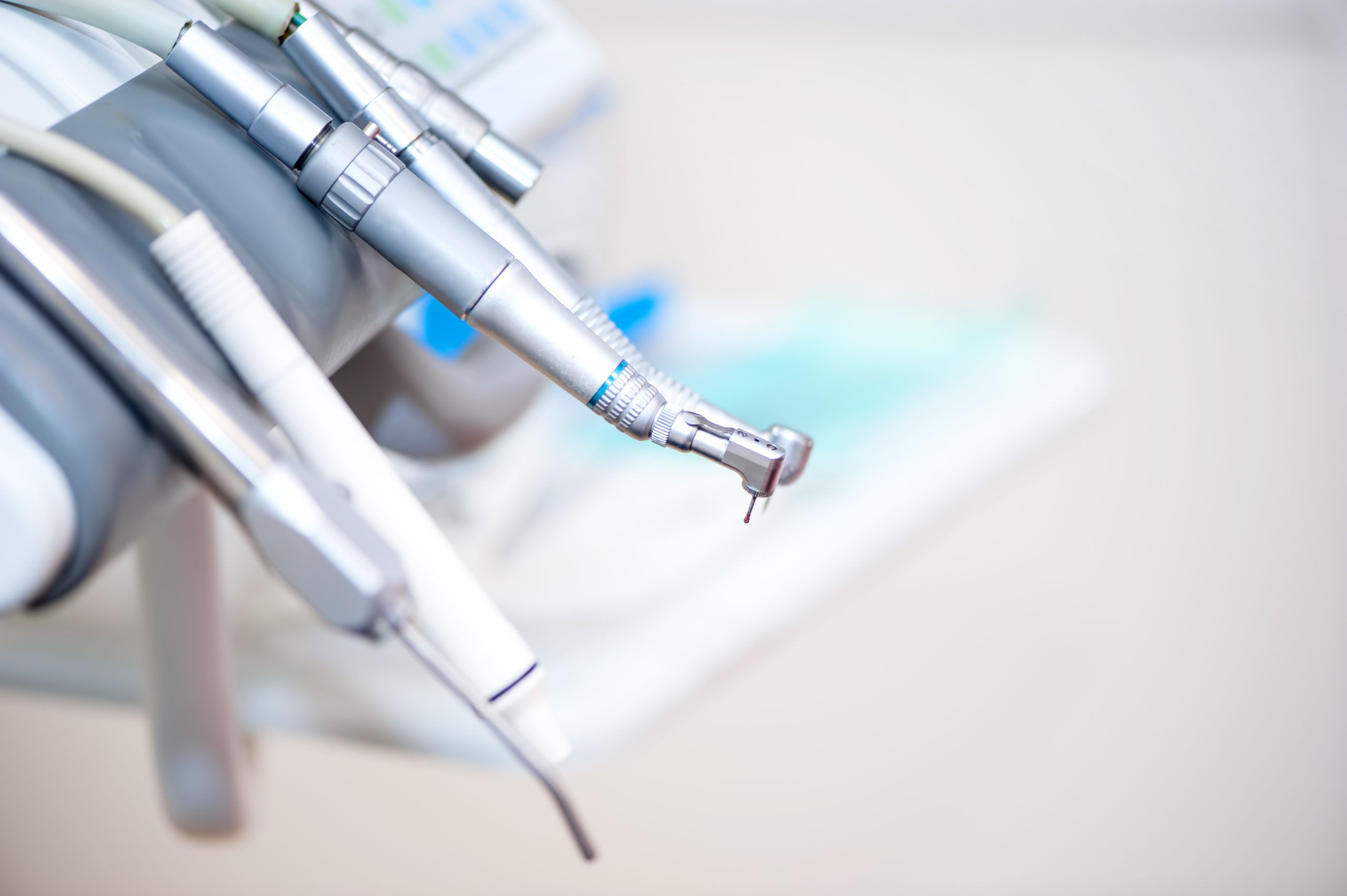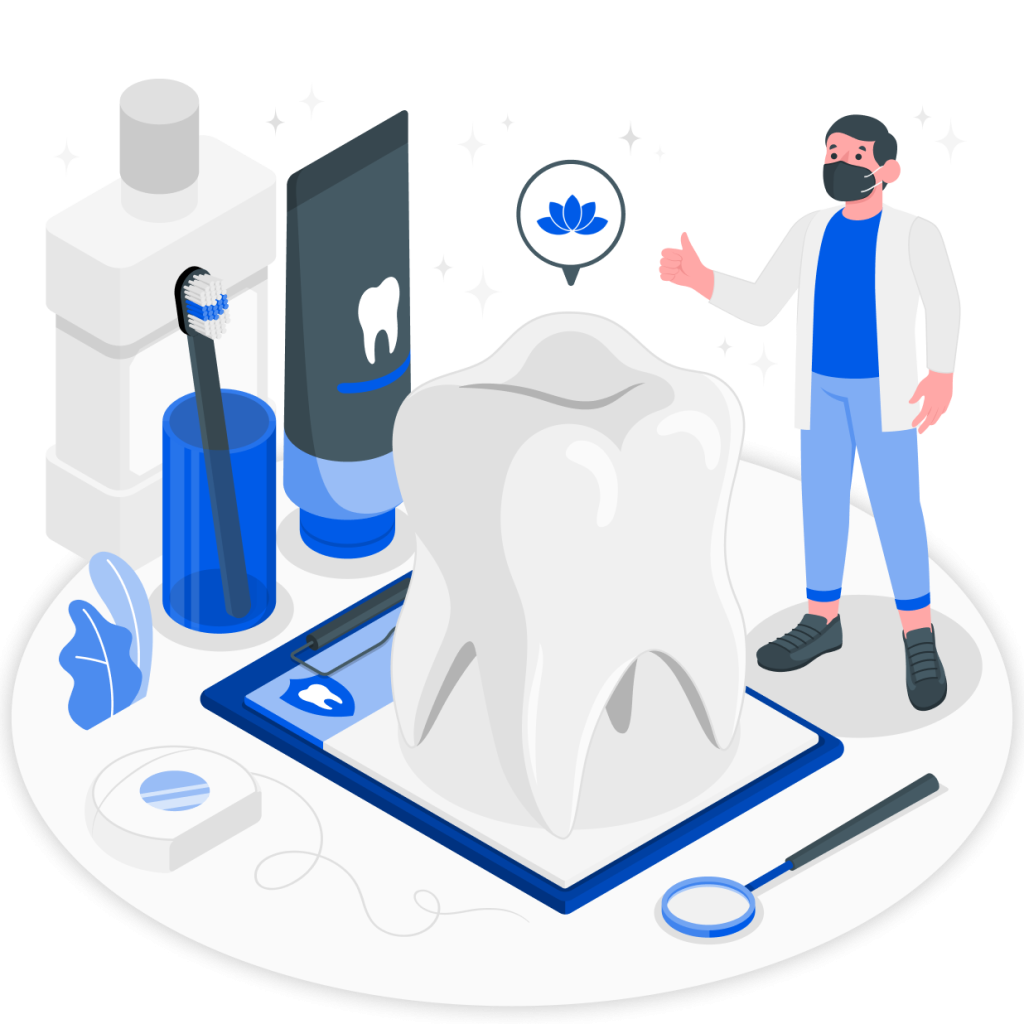Why are oral care routines important?
Maintaining oral & dental health and preventing possible problems can only be possible with daily oral care and routine visits to the doctor. In cases where non-urgent treatments are performed without losing oral and dental health, treatment costs are reduced and patient comfort is maximized during treatment.
For this reason, please take note of the routine check-up reminder messages sent to all our patients every 6 months from the Kuşadası Lotus Dental registration system.
Oral Care Training (Oral Hygiene Training)
As Lotus Dental, we provide oral hygiene training to all our patients after total care and refresh our patients’ knowledge on this subject with periodic examinations when necessary.
However, after some treatments such as implants, orthodontic treatment, bridge prostheses or in some disease conditions, we can make changes in oral care instruments and train our patients on the use of different devices, brushes or dental floss.
We would like to mention the gold standards of oral care here as well.
- Toothbrush & correct brushing technique (Modified Bass Technique)
- Interdental care (flossing, interdental brushing, mouthwash)
- Toothpaste
We say don’t forget to brush your teeth twice a day with a small amount of toothpaste and do interdental care once a day, and we share our oral hygiene training videos with you here so that you can look again when you forget.
How to use a manual toothbrush?
- The handle of the manual toothbrush should be straight; the bristles should be easy to dry and end straight. Toothbrushes with cross bristles and curved surfaces should not be preferred.
- Drying the brush before brushing will reduce foaming and increase the effectiveness of the brushing time. Contrary to what is commonly known and practiced, the brush should not be wetted.
- The toothpaste used should contain an age-appropriate amount of fluoride and should not be highly abrasive (RDA value). The abrasive content added to toothpastes is important for removing stains and removing discoloration. However, the amount of abrasive content should be kept at a safe level to prevent damage to teeth. The International Standards Organization (ISO) has stated that the RDA (Relative Dentine Abrasivity) of toothpaste should not exceed 250.
- After pushing a small amount of toothpaste between the bristles, the bristles should be placed at a 45-degree angle to the tooth and gum junction line.
- It is aimed to mobilize the accumulations in the gingival groove (microbial dental plaque) with light vibrations applied in a horizontal direction.
- This vibrating motion, which starts at the gum line, is completed with a sweeping motion directed towards the cutting edges of the teeth.
- All teeth should be brushed sequentially with this technique.
- The chewing surfaces of the teeth are brushed with back and forth movements.
- Neighboring areas are brushed in sequence. Do not move to a distant area before completing one area.


How to use an electric toothbrush?
- When performing oral care with electric toothbrushes, teeth should be brushed one by one. Flat brushing with back and forth movements that touch the outermost line of the tooth surfaces is not recommended.
- Teeth should be brushed one by one with light contact so that the bristles can evenly touch the oval-shaped tooth surfaces.
- Brush strokes should be directed to the gingival junction line and interface junction areas. Areas that the brush cannot reach should be cleaned with dental floss once a day.
- In case of improper brushing, the bristles will always touch the same surface, so there may be abrasion in that area. In areas where the bristles do not touch, tooth decay and gum diseases may occur.
How to care for the interface?
- The areas that the toothbrush cannot reach should be cleaned once a day with interdental cleaning instruments.
- Depending on the structure of the teeth and the treatment, floss, interdental brushes and pressurized water jets can be used.
- Caries and gum diseases can be largely prevented by effectively cleaning the areas that cannot be reached by brushing.




